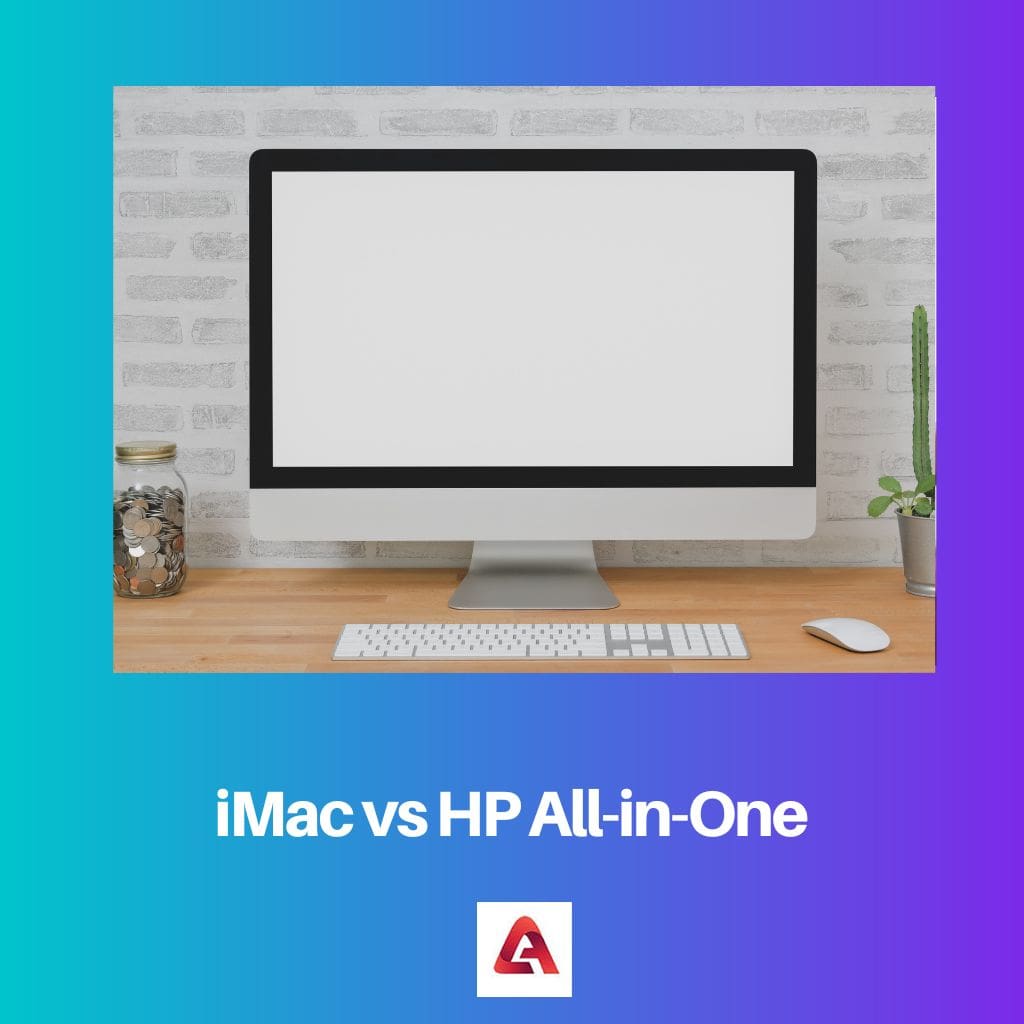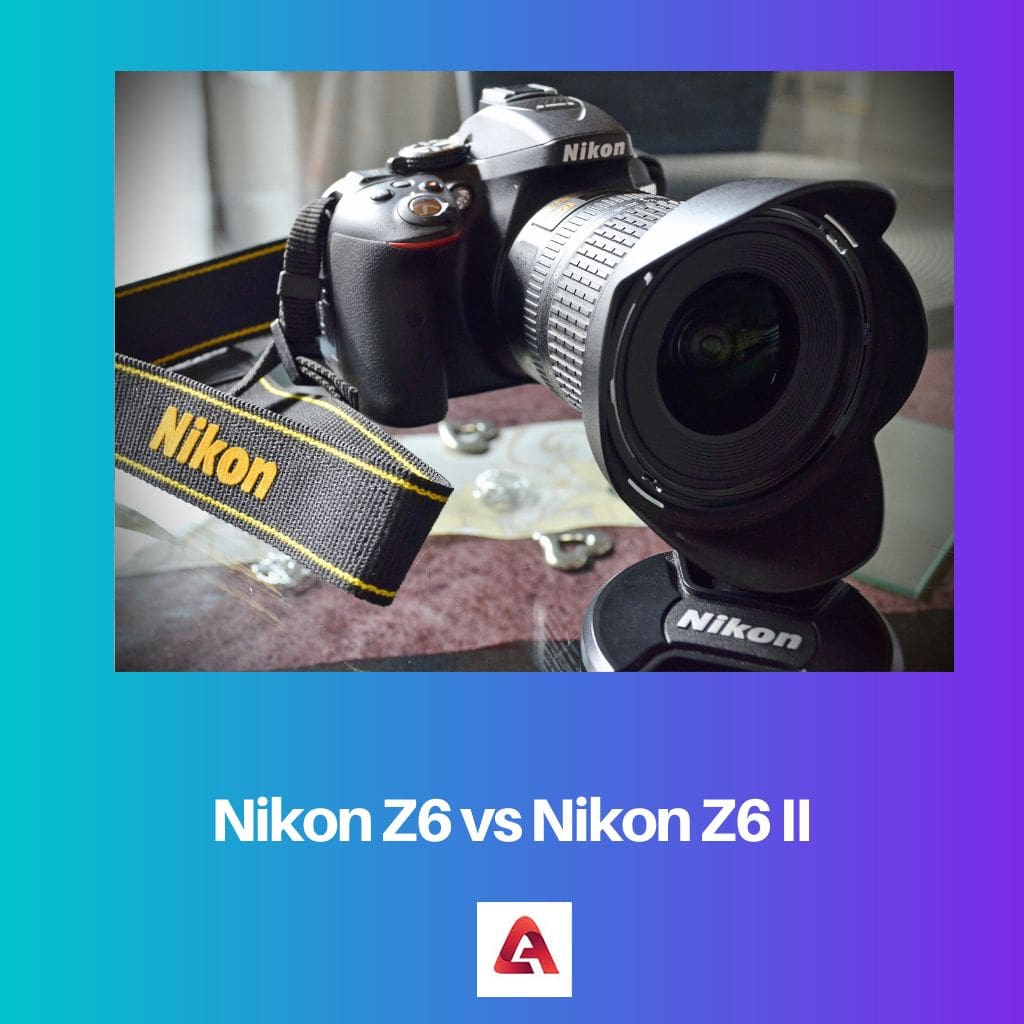There are numerous video as well as audio file formats to store digital video data on a computer system or other devices such as hard disks, smartphones, and so on. Video and audio digital recording is contemporary as it is seen far and near.
In the abstract, it is an encoded numerical, which is decoded by the system in a way to convey to users the best video audio quality.
Key Takeaways
- HDV (High Definition Video) is a standard for recording high-definition video on tape. At the same time, AVCHD (Advanced Video Coding High Definition) is a digital format for recording and playing high-definition video.
- HDV uses MPEG-2 compression, while AVCHD uses MPEG-4 AVC/H.264 compression, resulting in better video quality and smaller file size for AVCHD.
- HDV can only record video in interlaced format, while AVCHD can record video in both interlaced and progressive formats, providing greater flexibility for video recording.
HDV vs AVCHD
The difference between HDV and AVCHD is that HDV is a tape-based format, which mostly uses the old style, that is, storing the data in cassettes. Meanwhile, the AVCHD is the latest file-based format, which stores the recorded HD quality videos in devices like SD cards and Hard drives.

HDV is a format used for recording HD-quality video on cassette types. They compress the file in a compressor format. In addition, it is capable of correcting eros in the data and renders the same sound quality as of CD.
It is an official element of JVC and Sony corporations. Besides, it is recognized for its affordable price, image quality, and moreover, portable factor.
On the other hand, AVCHD is a file-based format to digitally record HD-quality videos. It is probably one of the advents of camcorders. The AVCHD format is jointly introduced by Sony and Panasonic.
It enables the storage of data in DVDs, Hard Disk Drives, Memory cards, and other recording media.
Comparison Table
| Parameters of Comparison | HDV | AVCHD |
|---|---|---|
| Meaning | High-definition video is a format of recording videos and audios for a tape-based format for the digital recording such as cassette and Tape Records. | Advanced Video Coding High Definition is a video and audio file-based format for the digital recording and high-definition video quality such as-Hard disk, memory cards and walkman etc. with special features. |
| Introduced | HDV was developed by JVC along with partnership Sony, Canon and Sharp in 2004 for the aim of reasonable HD format for Digital Camcorders. | AVCHD was introduced in 2006, largely inaugurated by Sony and Panasonic for the purpose of HD consumer Camcorders. Later AVCHD became the trademarks of Sony and Panasonic with several versions spiked. |
| Lineup brands | GY-HD250, HV40, HV20 and XF Codec under Canon, HDR-HC6, HDR-FX1000, XDCAM HD422, XDCAM HD and HVR-25 by Sony. XDCAM EX is the combined work of JVC and Sony. Later all together, the MPEG-2 was developed. | AVCHD Lite, AVCCAM, AVCHD Pro and NXCAM. |
| Specification | HDV has 720p and 1080i standards with an interlaced scanning option for ineffective vertical lines. HDV has high resolution because it is primarily developed for record and playback. | Records HD video for a long duration that accesses on various devices- DVDs, Hard drives or memory cards etc. Easy connectivity and AVCHD are simpatico to Blu-ray Disc and DVDs in importing video or audios. |
| Formats | HDV comes up with two versions- HDV 720p records at 19.7 Mbits and HDV 1080i which records the data around 25 Mbits under MPEG-2/H.262 format.HDV audio format carries a very intense rate from 16 kbits to 384 kbits which have better sound quality because of no sound compression on it. | In 2011, Modification- enlarged the specification of AVCHD as MPEG-4/H.264 format. AVCHD has interlaced video- AVCHD-SD and AVCHD-HD (1080i).AVCHD video format develops progressive-scan video. Audio Format uses Dolby Digital along with stereo and multichannel audio with a frequency from 64 kbits to 640kbits. |
What is HDV?
High Definition Video is the acronym form of HDV. It is known as a tape-based format in the videography field. It enables the storage of high-quality videos in cassettes, like in the old days.
It is mostly used by professionals who run errands for video recording events, as it is easy to move, affordable, and much effortless to use.
JVC originally founded HDV and later collaborated with Sony for the production of these formats. The HDV audio and video are decoded into a digital form using lossy compression systems.
Having that said, the Stereo audio will be compressed into MPEG Layer 1-2 scheme, while the video follows the MPEG-2 Part 2 or H.2662 scheme for compression. By combining the compressed video and audio together into MPEG 2 transport stream, it is used to store in a cassette or as a computer file.
On the whole, there are two versions of HDV; HDV 720p and HDV 1080i. The first version is used to format HD quality as well as standard division videos. Meanwhile, the latter version is for the formation of interlaced video due to its smooth display in digital cinematography.
In this decade, it is supported by Sony, Sharp, and Canon, alongside JVC.

What is AVCHD?
Advanced Video Coding High Definition is the acronym of AVCHD. It acts as a format to record digital videos into accessories such as SD Cards, memory cards, hard disk drives, and other storage devices.
They intertwined with Sony and Panasonic for the advancement of camcorders.
Coming to the combination, the video is compressed by using the H.264/MPEG-4 AVC standard, while both Dolby AC-3, uncompressed linear PCM audio, compresses the audio.
Then it is put into a MPEG transport system as a binary file. Similarly, AVCHD supports the standard definition as well as high-definition interlaced videos. Furthermore, it has a resolution of up to Full HD 1920×1080.
Although, because of its quality and portable factors, it is regarded more than HDV records.
As per Panasonic and Sony’s versions of AVCHD, it has four brands so far: AVCHD lite, AVCCAM, AVCHD Pro, and NXCAM. The latter options include professional features for camcorders, with distinct frame rates and recording modes.

Main Differences Between HDV and AVCHD
- High-definition Video is a tape-based format that records video and audio, such as Cassette and high-quality tape records. On the other hand, AVCHD is the file-based format, which records its video and audio in a digital file or storage such as Pendrive, Hard disk drive, SD cards, Memory cards etc.
- When it comes to specification, AVCHD wins the combat with new features of encoding the video in use of MPEG-4. In contrast, HDV uses its former format, MPEG-2.
- HDV has two versions for recording videos – HDV 720p and HDV 1080i, with a better data rate of 25 Mbits. Albeit AVCHD has two versions- standard and 1080i versions with a low data rate of 17Mbits.
- HDV audio format has no sound compression with a range of 16 to 38kbits, whereas AVCHD sounds with a frequency from 64 to 640kbits with sound compression.
- HDV doesn’t have any compatibility to transfer the records, whereas AVCHD has the import option with Blu-ray and DVDs etc.





